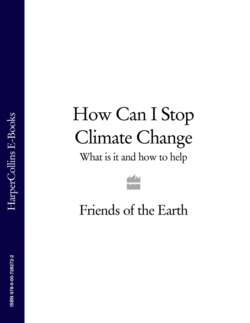Читать книгу How Can I Stop Climate Change: What is it and how to help - Литагент HarperCollins USD, F. M. L. Thompson - Страница 71
climate change in the UK
ОглавлениеWith UK temperatures expected to increase by 2-3.5 °C by the 2080s, hot summers will be more frequent and very cold winters rare. Winter flooding is predicted to become more common, while farmers face shifts in growing seasons.
Sea levels will go on rising by 26-86 cm in the South East by 2080. Extreme high-water levels are likely to become more frequent, particularly on the east coast of England, and houses on floodplains are especially vulnerable. The Thames Barrier is likely to need replacing by 2030 if today’s levels of protection are to be maintained. Flooding is likely to hit the least well-off most: the most deprived 10 per cent of the population are eight times more likely to be living in the coastal floodplain than the wealthiest 10 per cent.
A study of UK wildlife found that eight species are under threat from climate change because of changes to habitat. Increased drought could mean fewer slugs and snails available as food for song thrushes in the south of England, with the population at risk across England, Wales and Ireland if warming continues. Skylarks, black grouse, common scoter and capercaillie are also likely to see their preferred habitat disappear. Stag beetles, currently only found in southern England, could find more suitable habitat further north. A warmer South East will attract new species: mosquitoes are already on the up and there are fears that malaria carriers could soon be in the UK. Some species will find they cannot adapt: the Snowdon lily could die out while the snow bunting is unlikely to be found in the UK.
